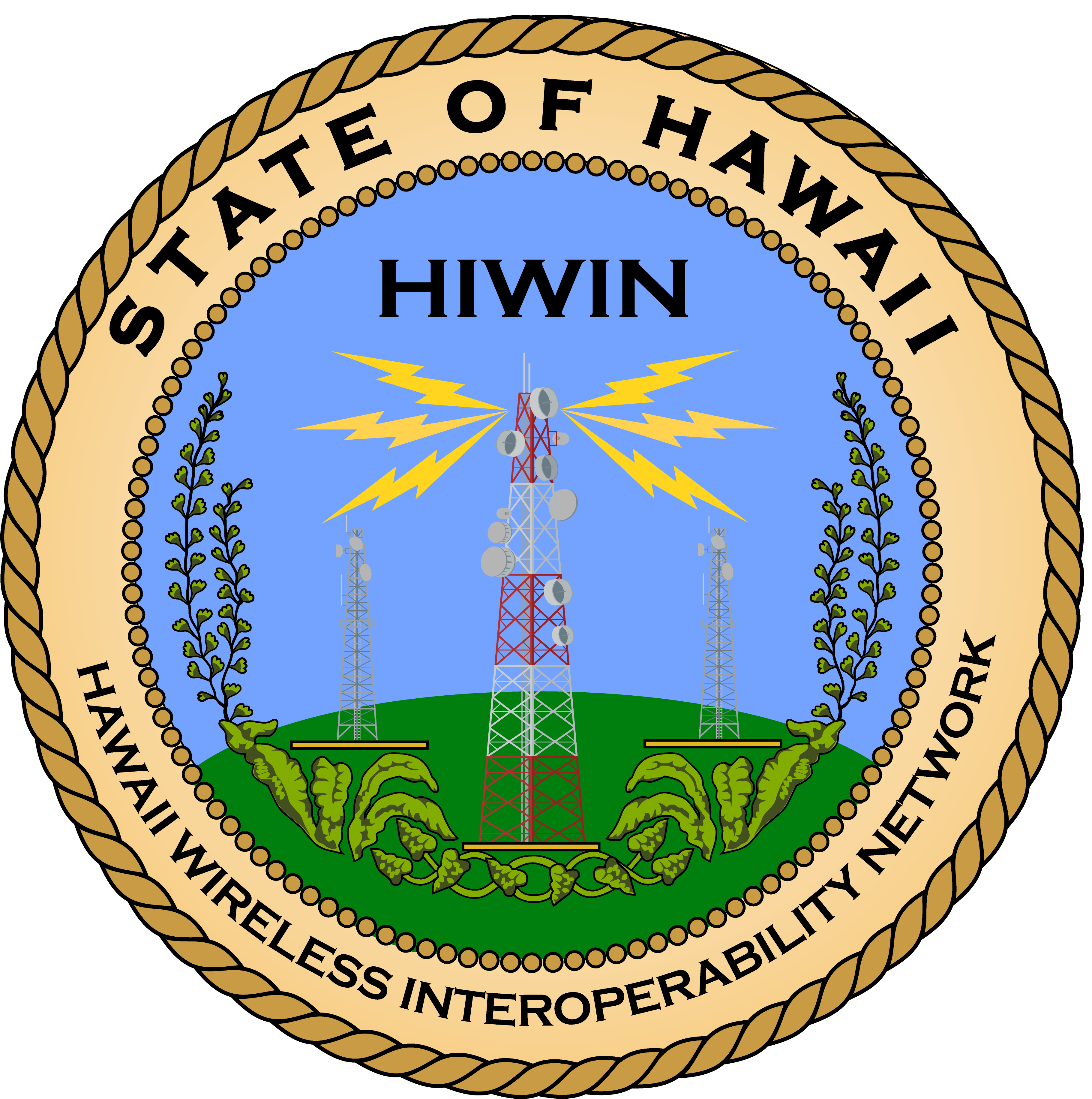Understanding HIWIN: The Backbone of Hawaii’s Emergency Response Network
Posted on Jan 23, 2024 in Featured, Main, System DefinitionHawaii’s picturesque landscapes and vibrant communities are not immune to natural disasters and emergencies. In such critical times, effective communication becomes the lifeline for first responders. Enter HIWIN – the Hawaii Wireless Interoperability Network. But what exactly is HIWIN, and how does it fortify Hawaii’s emergency response capabilities? Let’s dive in.
HIWIN: The Core of Hawaii’s Emergency Communications
Managed under the Office of Enterprise Technology Services (ETS) within the State of Hawaii, HIWIN stands as a testament to technological resilience and strategic foresight. It is not just a network; it’s a comprehensive program ensuring uninterrupted communication for those who safeguard our communities.
The Network that Never Sleeps
HIWIN operates over 45 remote radio facilities across the state. These aren’t ordinary facilities; they are engineered to withstand up to a category 4 hurricane, ensuring that when disaster strikes, HIWIN stands firm. Most of these sites boast generator run times of over 10 days, a crucial feature in prolonged emergency scenarios.
A Lifeline During the Lahaina Wildfire
The Lahaina wildfire was a stark reminder of nature’s unpredictability. Yet, amidst the chaos, HIWIN emerged as a beacon of reliability. While cellular networks faltered, HIWIN remained operational, providing critical communication channels to first responders. This resilience underscores the network’s robust design and its vital role in emergency management.
Uniting First Responders Across the Islands
With over 5,000 subscribers, including federal, state, and local first responders, HIWIN is the thread that weaves together various emergency response entities in Hawaii. It ensures seamless communication across all islands, creating a unified network for all responders. During the Lahaina wildfire, HIWIN’s indispensable role was highlighted as it enabled responders from neighboring islands and federal agencies to coordinate effectively in an environment where other communication infrastructures had failed.
The Technological Backbone of HIWIN
HIWIN’s prowess lies in its dual-component system. Firstly, the Land Mobile Radio network forms the traditional backbone, facilitating direct, reliable communication. Complementing this is an extensive island-wide mission-critical Point-to-Point Microwave system. This high-tech infrastructure carries the state’s critical traffic, ensuring that in times of crisis, communication lines remain open, clear, and dependable.
Conclusion: HIWIN – Hawaii’s Shield in Times of Crisis
In conclusion, HIWIN is more than just a network; it’s Hawaii’s shield against the chaos of emergencies. By providing a reliable, resilient, and robust communication infrastructure, HIWIN not only supports first responders but also protects the communities they serve. It’s a prime example of how technology, when strategically implemented, can become a pillar of public safety and well-being.
